Dorgham
Dorgham
Fares Ayash
Born in Al Nuseirat, Gaza, Palestine
Displaced in Khan Younis
There is a story, known to everyone in Gaza today but rarely spoken about in the news and unknown to most of the rest of the world. After long periods of displacement, suffering, and humiliation amid the war on Gaza, this image emerged. It symbolizes the suffering of displacement and the severe shortage of all means of life. Known as al Dorgham (‘The Lion‘), it refers to people’s shoes.
Throughout the war, the life of shoes has gone through several phases. Months of forced displacement led to a point where most people’s shoes in Gaza had completely worn off. This detail was never spoken about in the media: that so many people no longer had shoes. Eventually, many people only had a plastic pair of shoes provided by the UNRWA agency, and these shoes stand out for their unique shape, material, and bright colors. Over time, due to constant use, these shoes wore out as well and became known as al Dorgham, which can also mean ‘sturdy, strong, and resilient.’ It has become a symbol, known to all, that encapsulates the story and suffering of a year of constant displacement during the war on Gaza.
Fares Ayash, an artist and professor of art, has made a radical shift in his work and process. After recognizing the power of an image to convey the suffering of war, he sought to clarify this idea. Ayash began collecting many stories from the displaced, a process that led to a video work and twelve pieces, each representing one month of the war on Gaza. These works are designed and conceptualized to be executed outside Gaza. Along with a short film, they will be produced in coordination with the Forbidden Museum, following the artist’s design, imagery, and direction.
By placing the final production outside Gaza, Ayash pushes the creative process in surprising directions. The twelve works will be created and designed by Ayash, but then remade by other artists. Through a message being conveyed from one hand to another, from one vision to another, questions about our shared human experience arise. But Ayash takes the question one step further: the location of the work, as well as its creation, become deeply intertwined as they break all rules of display. His film tells the story of a sculpture of a ballerina dancing in dorgham shoes—only her feet and ankles are visible. The pedestal on which she dances is in another forbidden location, on a mountain in the West Bank, while she is in Gaza, only to be seen whole outside of Palestine. The political situation is so deeply intertwined with the artwork that the struggle for liberation becomes embodied within an art object that is at once displaced, imagined, and all too real.
With all this, a profound humility is expressed in Dorgham, which goes beyond its powerful subject matter and speaks to the creative act itself as an agent of our shared humanity. Dorgham is not a metaphor; it is a message about the essence of resistance, a people’s struggle, and the creative act.
